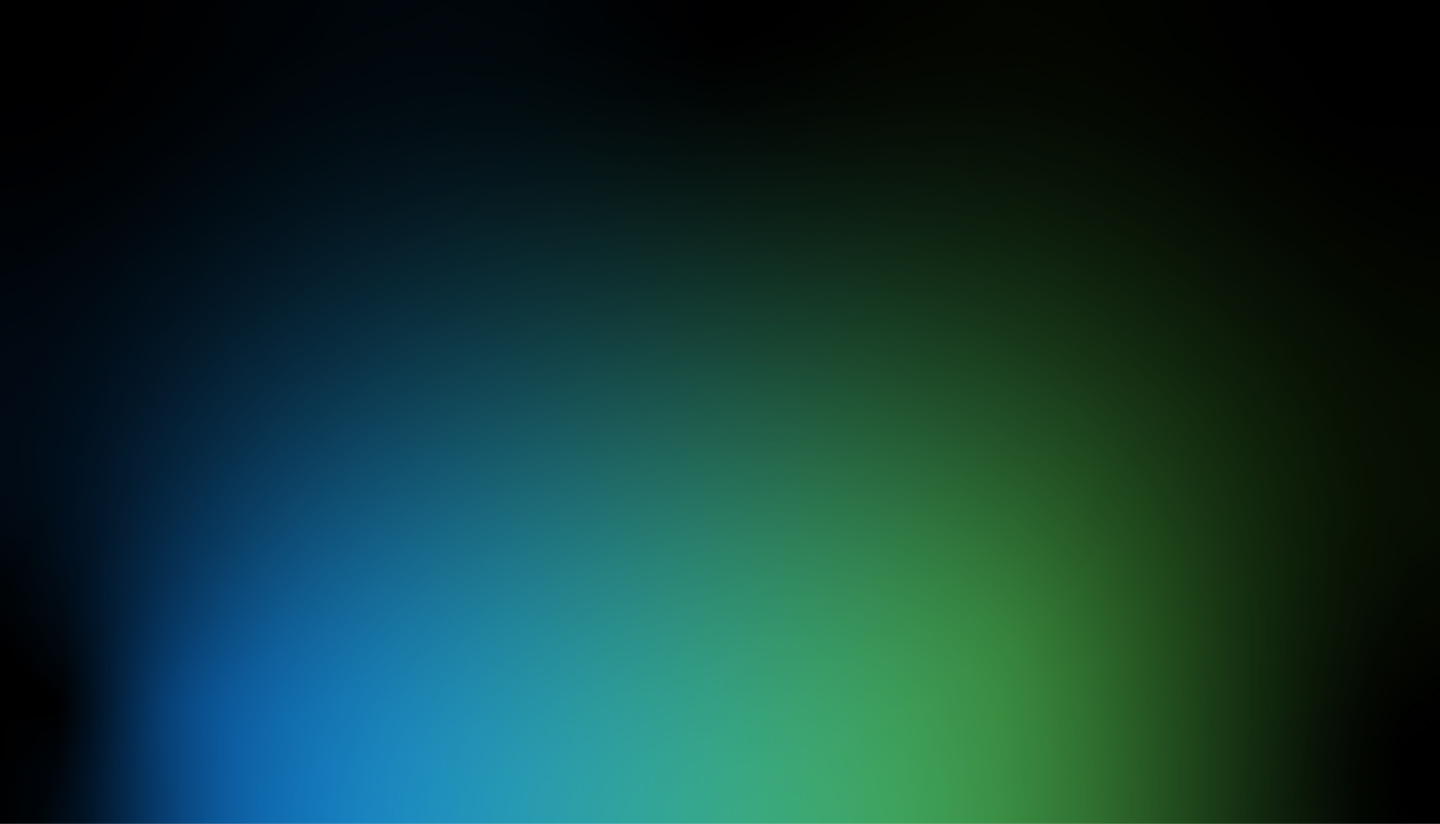
Raman Spectroscopy: Easy as 1, 2, 3!
Introduction
Raman spectroscopy is a well-established and powerful analytical tool for measuring both organic and inorganic chemicals. It is widely used in academic and corporate research and development, industrial process monitoring and control, and for the routine identification of illicit drugs, pharmaceuticals, explosives, and hazardous materials.
A Raman analyzer consists of three basic components:
1. Laser
2. Detection module (spectrometer)
3. Sample interface (probe)
Our DIY Raman kits give you the flexibility to configure a Raman system with many different options for each of these components so that you can optimize the system for your specific application.
Select Your Laser
The 532 nm laser provides the highest energy to bombard the sample structure, leading to higher fluorescence, making it ideal for inorganic materials.
The 785 nm laser provides a balance of performance with less excitation efficiency but also lower fluorescence, giving the best economic performance and making it the best choice for most chemicals.
The 1064 nm laser performs with the least fluorescence but also requires a relatively longer acquisition time to get adequate levels of signal to analyze, while having a higher probability of heating a sample if no special care is taken. This makes it a better fit for colored and darker materials such as natural products, dyes, oils, and colored polymers.
Select Your System
We offer three standard wavelengths for our DIY Raman systems, with custom wavelengths available upon request.
![$card['thumbnail']['alt']](https://bwtek.com/wp-content/uploads/2025/09/diy532-2_m.png)
532 nm
A 532-nm laser produces more intense Raman signal than longer laser wavelengths, such as 785 nm and 1064 nm, and generally provides a wider spectral coverage. However, the use of higher energy excitation light increases the likelihood of fluorescence interference from the sample or impurities in the sample, limiting the applications for which a 532-nm Raman system is optimal.
Learn More about 532 nm Systems![$card['thumbnail']['alt']](https://bwtek.com/wp-content/uploads/2024/09/Untitled-design-27-e1726858750334-1.png)
785 nm
This laser provides an excellent compromise between signal strength, reduced fluorescence, and spectral coverage, making it the most commonly used wavelength for dispersive Raman measurements.
Learn More about 785 nm Systems![$card['thumbnail']['alt']](https://bwtek.com/wp-content/uploads/2025/01/Untitled-design-37-e1736799078184.png)
1064 nm
The best option for samples that are likely to generate fluorescence, such as highly colored and natural materials, allowing you to measure the widest range of samples.
Learn More about 1064 nm SystemsBuild Your Custom System
Reach out to connect with an expert and start building an optimized system today!
Contact Us